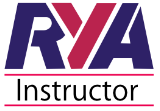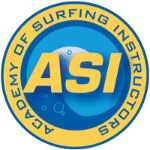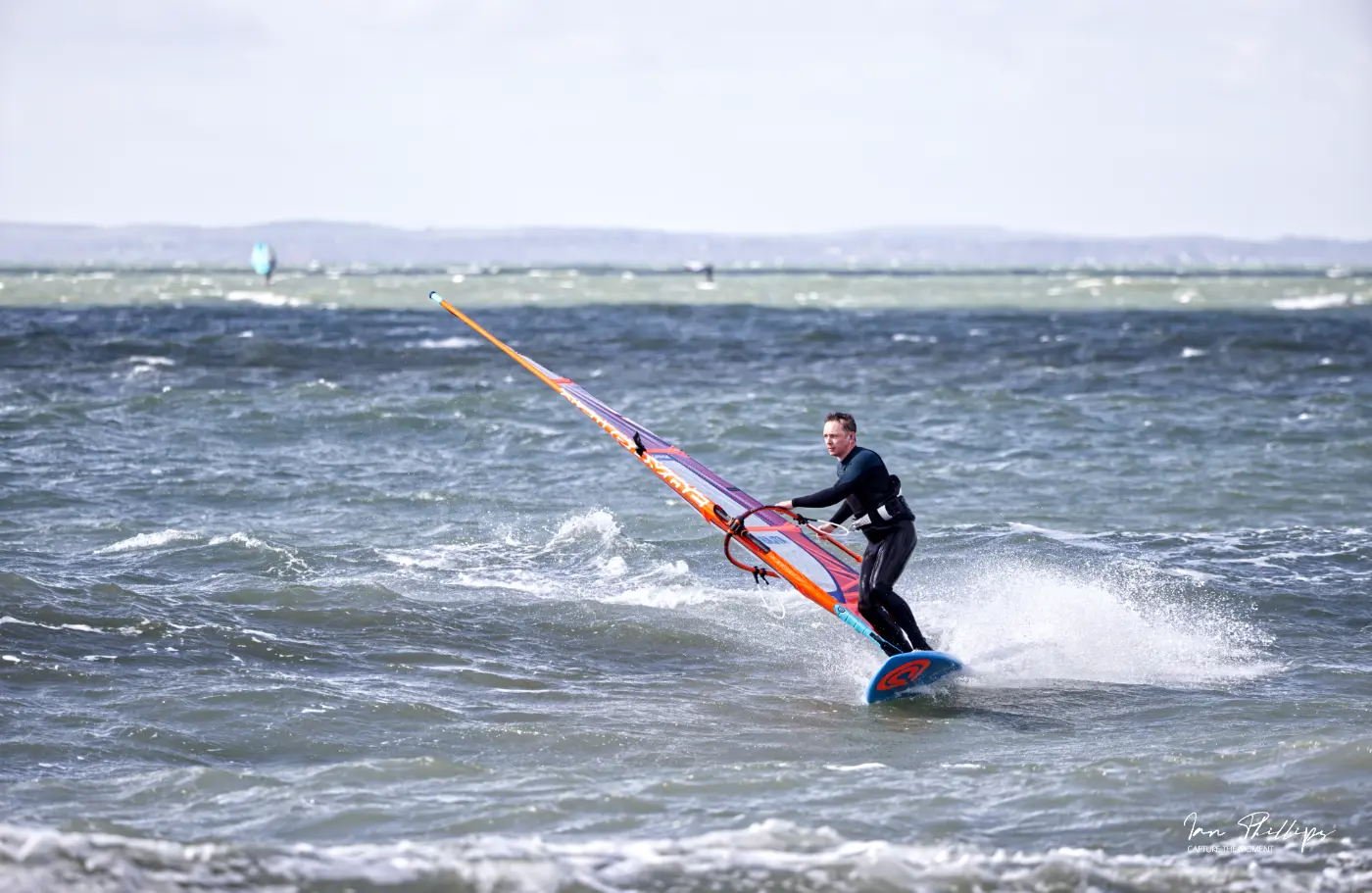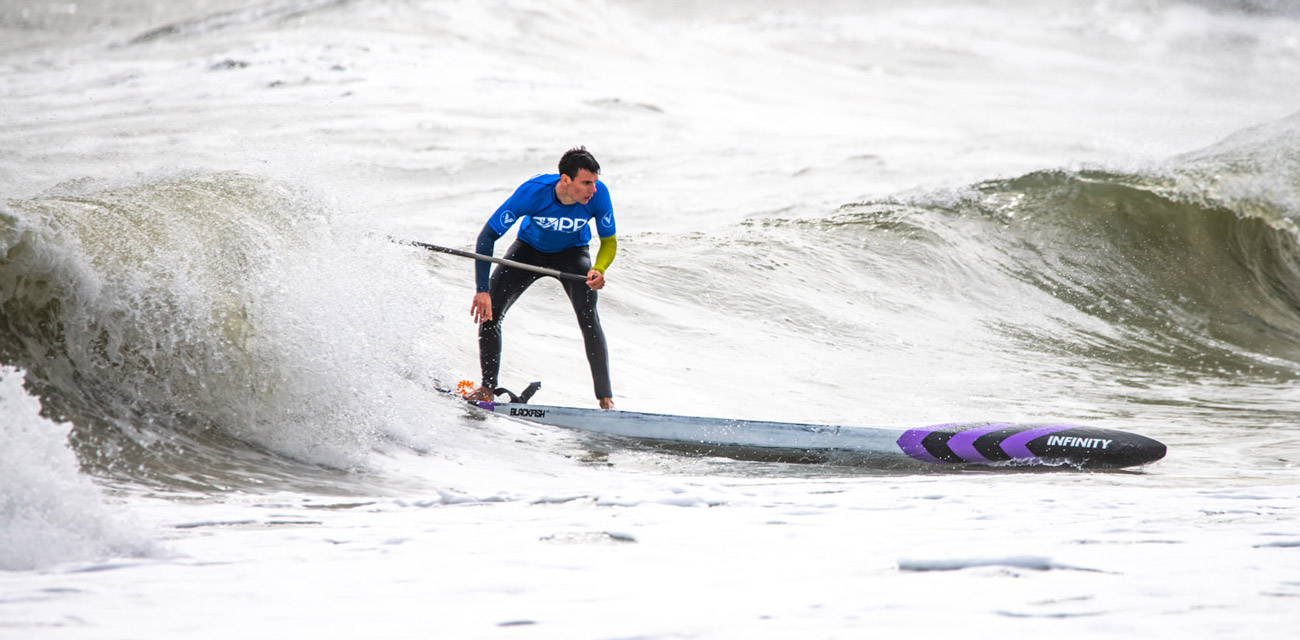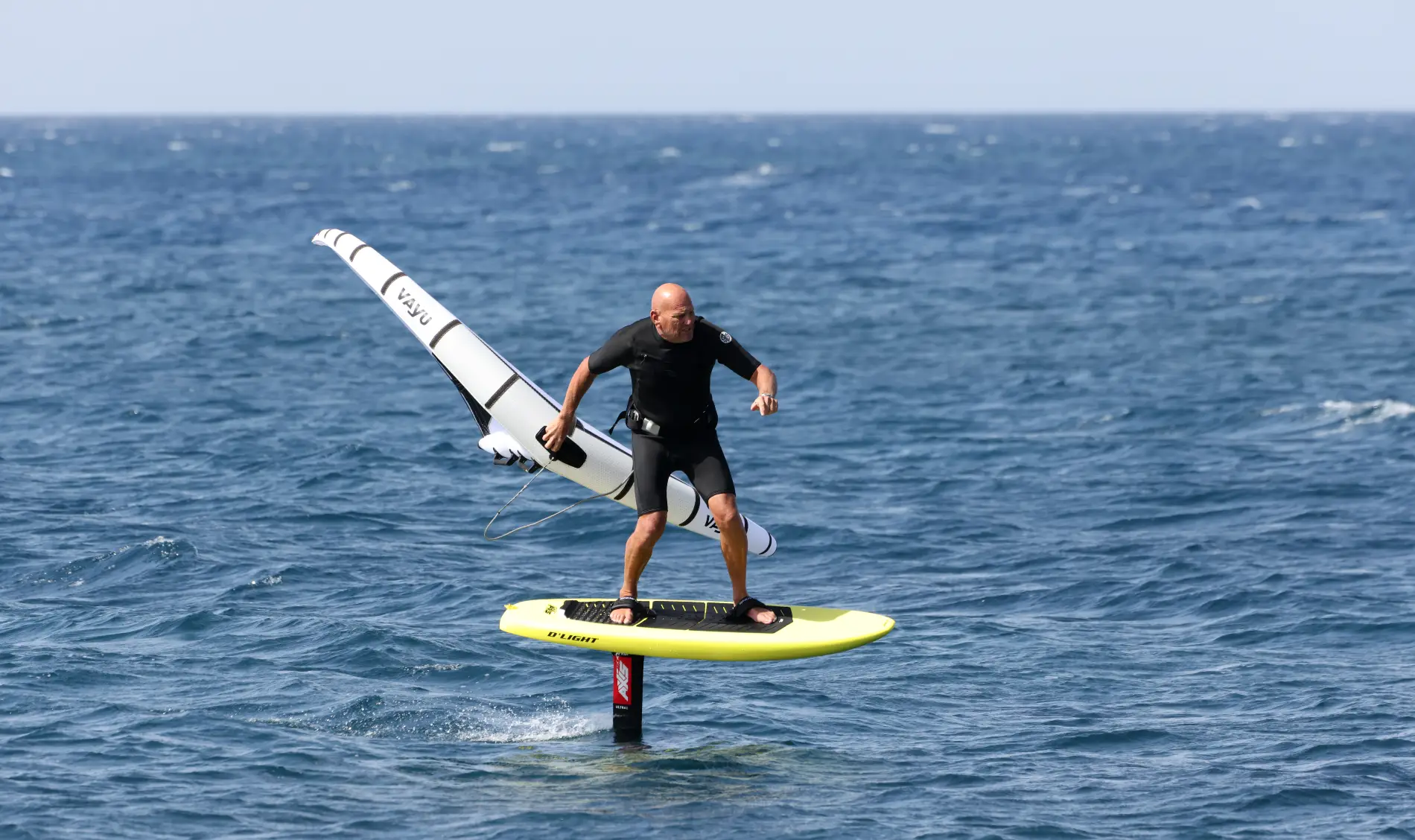Don't get all flustered when buying your first stand up paddle board.
With so much information online, it can seem like a minefield, but it isn’t so bad once you answer a few basic questions. Something we say to everyone looking to buy a board from our paddleboard shop, is look to where you think you will be in a few months time – you’re only a total beginner for a very short time, so you need a board that will help you progress.
How do I know which type of board to buy
If you’re looking to buy your first standup paddle board, then you need to start by deciding what type of paddling you want to do.
- Are you going to be a splash and dash paddler, getting on board for an hour at a time, every now and then.
- Are you looking to enjoy some family time.
- Do you want to head out into the sea.
- Are you going to do some distance or day paddles.
- Do you have dreams of some surfing.
For most new paddlers, they just want a board to learn on, but you’ll quickly pass by those early steps, so think ahead, especially if you have friends already paddling, and see what they’re doing.
Nearly every person we’ve ever taught has picked up the basics within a couple of hours, and from there they already have dreams of spending time on the water.
One thing to realise, is how important it is to try different boards and sizes, as this really shows you what works, how and why.
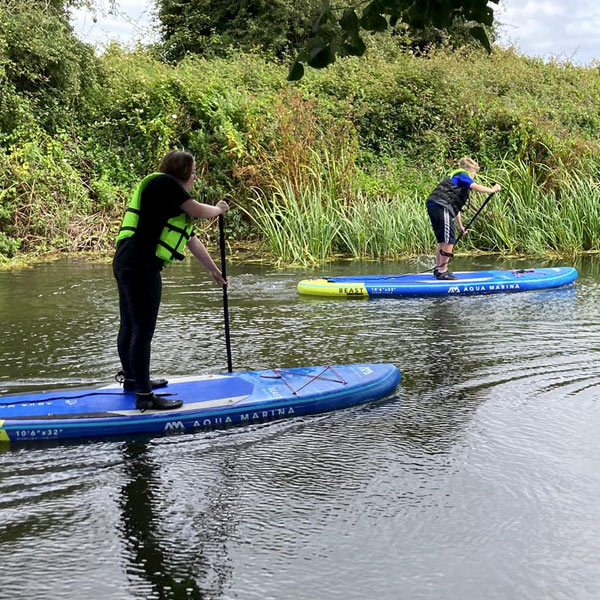

I just want some family fun
Paddling with family is so much fun, and lets you connect with the kids in a way that is so detached from gadgets and phones, and best of all you don’t need anything too special.
If you’re buying one board for the family, then you need to decide who is the biggest, so generally that will be dad – the superhero of the family.
From my experience, you will need a 6 inch thick board and something around 10’6 long, like the Aqua Marina Beast or Aqua Marina Fusion.
That means it can carry the biggest paddler without bending, but will still be fun for the smaller kids.
If all family members are under 80kg in weight then you could go for a good quality 4.75 thick board like the Aqua Marina Coral.
Paddling on the sea or a lake
If you’re going to paddle inland, where water is generally flatter and non moving, you’ll find you can use a slightly narrower board in the beginning, especially if you want to do some distance paddling.
On the other hand, if you’re going to be paddling out on the sea, it is worth noting that you may need something slightly more stable as moving water can totally change those early days of learning for you. And let’s not forget a more rigid board that can handle the chop.
As you get better, your boards can get narrower, but it isn’t a race. Practice and improve technique first and don’t get to hung up.
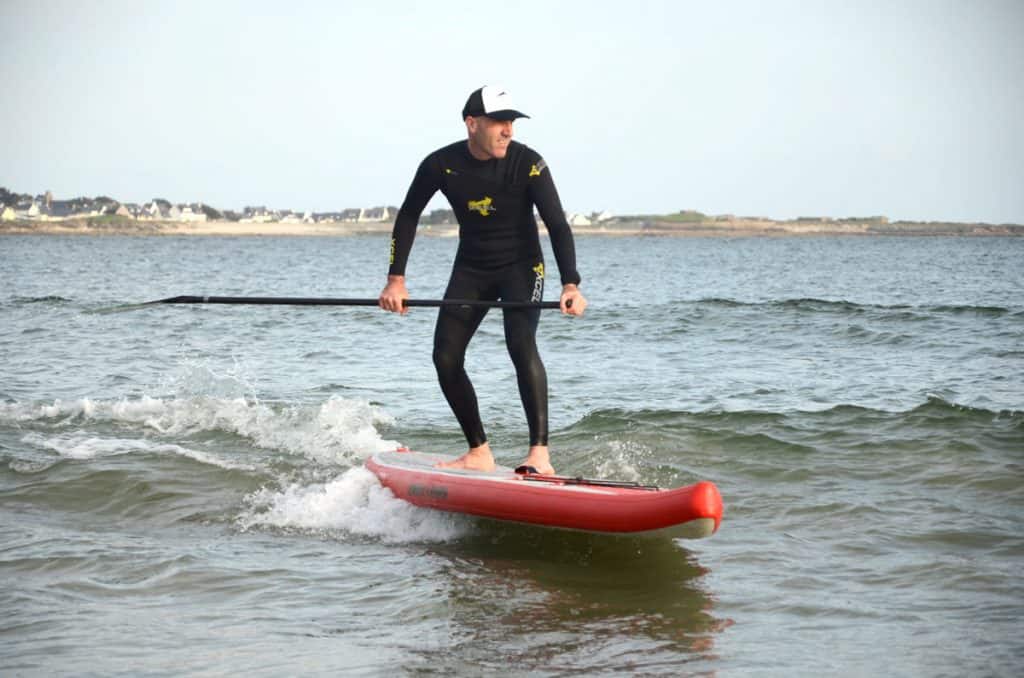
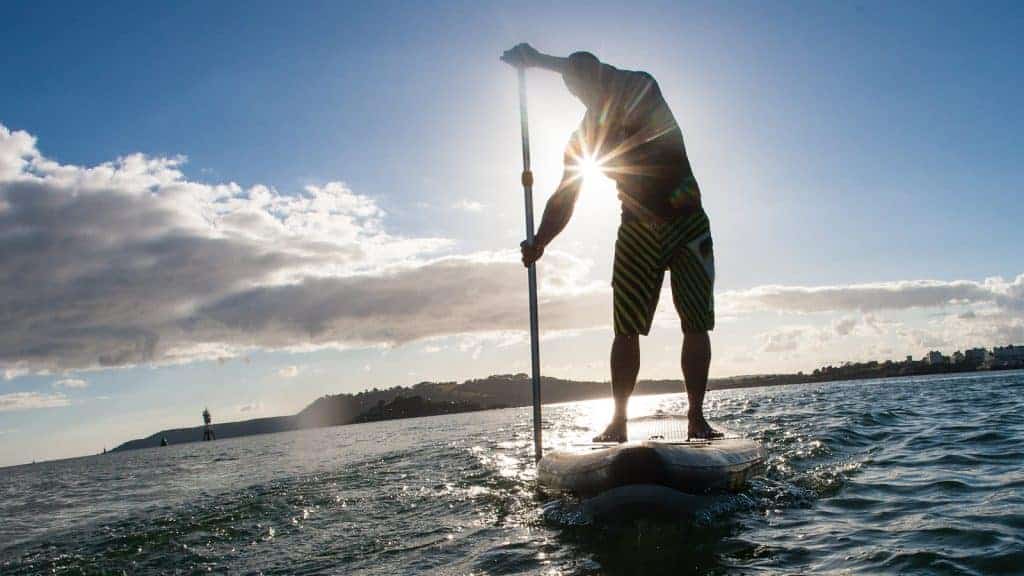
Dreams of day trips
If your ideas include longer paddlers, maybe into harbours or heading out for the day with your sandwiches, then it’s a good idea to know what makes a board more suited to distance work.
A board f around 10ft or less in length is quite capable of doing many things, but the length makes it a bit sticky, thus reducing glide, which is what you need to cover distances at speed.
If you’re looking to do a day trip or head out for fitness and distance paddling, you really need to consider a board of 11ft plus and often a more pointed nose design.
Those features can improve what we call glide, which is how smoothly and efficiently a board travels forward when you stroke the paddle. Shorter boards tend to turn more readily, reducing forward momentum.
Thickness
Whatever brand you look at, you need to get the right thickness to suit your size. 4.75 for lighter people (sub 13 stone), or 6inches for heavier paddlers. The rider weight limit needs to be a minimum of 90kg, but bear in mind, that a lot of cheap boards, put random numbers on their boards and don’t truly test them.
Rigidity
Make sure the board can take up to about 17psi. I know everyone says 20, but as a heavier paddler of 100kg, I can tell you that a well-made board, at 17psi can take my weight.
Shape
If you look at some board shapes, they’re sometimes a bit egg shaped, putting the wide point either behind or in front of the standing area, which means the board isn’t maximising on stability.
Our preferred boards, have a basic shape that preserves stability, so bear this in mind when choosing your sup.
Rider height
The relationship between, paddler height and board width is important as it can make a board paddle well or uncomfortably for someone. You don’t want to find yourself overreaching out to the sides as you try and paddle, as this will pull you off balance.
For a rider of around 5’5, you should be looking or a board around 30-31 wide, and 32 + wide boards being left for much taller paddlers.
Rider weight
Volumes in isups is not so problematic as when you start to specialise in race or surf sup, but they can still make thing more difficult.
Too much volume can make a board harder to steer and keep on track for smaller paddlers.
Too low volume, will reduce stability as you’re potentially forcing the board lower into the water, making it more twitchy.
Kayak seats
They sound great in principle, but in reality we have two different sports here.
It’s a prize, to draw you into buying a board, but when you’re looking at stand up paddleboarding, you should really be focussing on the features of the board for standing up and not sitting down.
